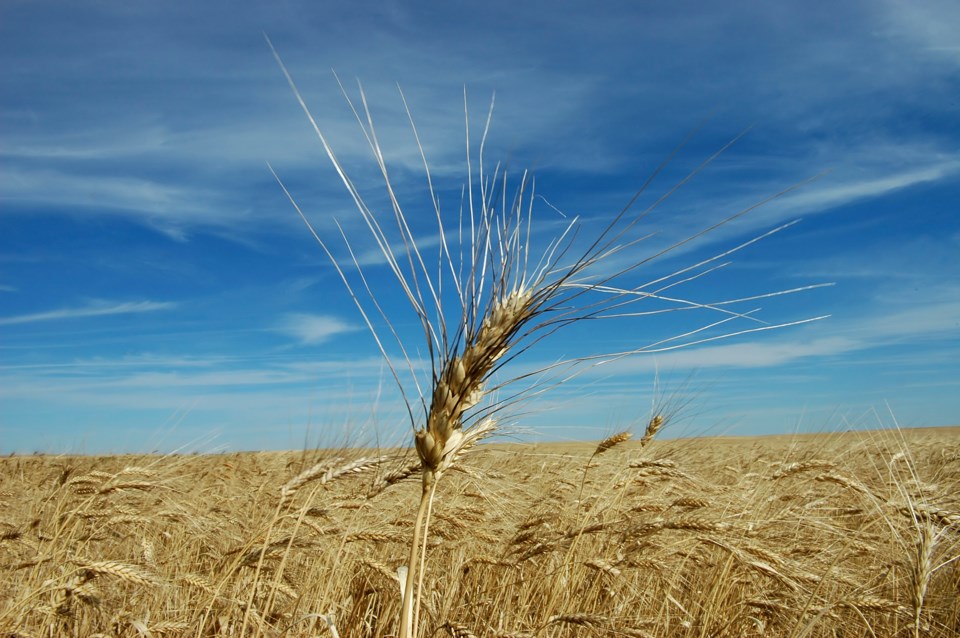HUMBOLDT - Crops are beginning to show signs of stress after another hot, dry week in much of the region, according to the crop report for the period of June 20 to 26. There were small, spotty showers that dotted the region but the rainfall was not significant enough to help struggling crops. The stress of the heat and dry conditions, coupled with the earlier than normal seeding dates, has allowed crops in the region to be ahead of their normal development stages for this time of year.
Regionally, three per cent of the fall cereals, 59 per cent of the spring cereals, 63 per cent of the oilseed crops and 61 per cent of the pulse crops are at their normal stages of development for this time of year. Almost 40 per cent of all crops in the region are ahead in their development.
Crop conditions range from poor to excellent in the region, with 66 per cent of the spring wheat, 63 per of the canola and 60 per cent of the peas rated as being in good condition at this time.
Rainfall for the region ranged from trace amounts to 17 mm in the Prince Albert area. Over Sunday night a large storm passed through the western half of the region bringing with it large volumes of rain and hail; some producers estimate the rainfall to be upwards of three inches, and in some cases the hail resulted in complete crop loss.
Crop land topsoil moisture is rated as 51 per cent adequate, 47 per cent short and two per cent very short. Hay and pasture land topsoil moisture is rated as 39 per cent adequate, 58 per cent short and four per cent very short. While the region started off with adequate moisture, conditions are continuing to decline due to lack of rain and warm temperatures.
Ten per cent of the hay crop is now cut and is waiting for producers to bale or silage it. As of Monday, seven per cent of the hay crop had been baled or put up for silage. Hay quality is rated as 18 per cent excellent and 82 per cent good.
The majority of crop damage this week was from localized storms that resulted in flooding and hail, insect pests and wind. Producers are busy spraying for weeds, insects and disease. Livestock producers are prepping haying equipment and will be getting into their fields shortly.




